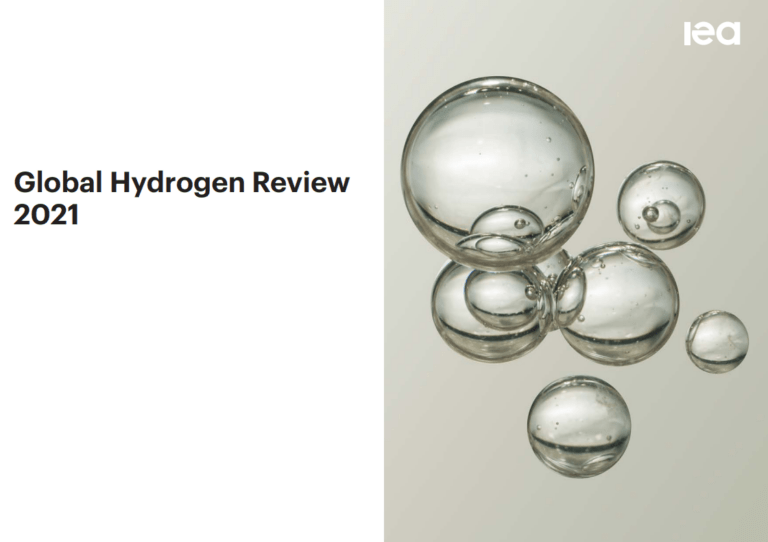A common ingredient often used in gingerbread baking could lead to a new form of energy storage. Hydrogen is considered a key player in the energy transition, enabling the storage of renewable energy sources, such as solar power, for later use. However, hydrogen’s volatility and flammability present significant storage challenges.
Researchers from Rostock have developed an innovative method for the safe and stable storage of hydrogen using a household ingredient: bicarbonate. This includes sodium bicarbonate, commonly known as baking soda, and potassium bicarbonate, known as potash, which is primarily used in gingerbread and honey cakes.
When combined with potassium bicarbonate and a catalyst, hydrogen reacts to form formate, a harmless salt derived from formic acid. This process effectively “contains” the hydrogen, making it easier to store in plastic containers and transport via tankers, much like milk, beer, or diesel, according to research group leader Henrik Junge.
The hydrogen stored in formate can be released at any time using the same catalyst in a reversible reaction. Co-authors Rui Sang and doctoral candidate Carolin Stein emphasize that this system functions like a battery, charging and discharging with hydrogen.
The technology is particularly suited for rural areas, where excess electricity from wind or solar energy can produce green hydrogen via electrolysis, which is then stored as formate. Operating at around 60 degrees Celsius, this system offers a straightforward and safe method for hydrogen storage and transport. Compared to other storage media like methanol or ammonia, formate is less toxic and energy-efficient.
The researchers have successfully demonstrated 40 storage and retrieval cycles and are now planning to build a larger prototype, aiming for commercialization by the end of 2025. Importantly, the process is designed to be CO2-neutral, as reported in the journal Nature.
Find the original news item in german here.







